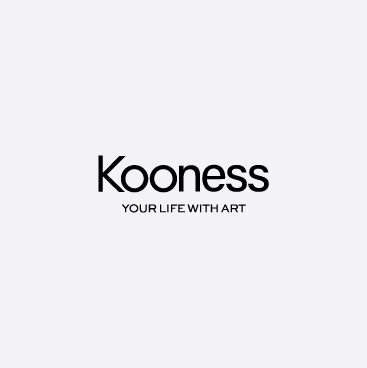Kerstin Brätsch
Hamburg, Germany
6 Works exhibited on Kooness
Represented by
Categories
Don't have the time to browse through this artist's catalogue? Fill in this form to receive a curated selection of their works tailor-made to your needs.
Works by Kerstin Brätsch
Known for her colorful, large-scale compositions, Kerstin Brätsch uses oil paint and a range of other materials to explore the nature of painting in the digital age. From her signature paintings—many of which resemble geodes or marbled surfaces—to her installations and performances, Brätsch’s work explores collaboration, the circulation of images, and the role of chance in image-making. Born in Hamburg, Brätsch formed DAS INSTITUT—her first major artistic collaboration—with fellow artist Adele Röder in 2007. DAS INSTITUT employs the traditional import/export agency as its model: Röder creates computer-generated designs, which Brätsch receives, mutates and rearranges, and paints, developing a collaborative hybrid language. The project sheds light on how images are produced and disseminated in the digital world, but also expresses the intuitive, nonlinear nature of human relationships. When asked about the project, Brätsch called it “a beautiful friendship.” Brätsch has also worked with artists, artisans, psychics, and shamans, often transmuting her paintings—into glass or marbled works, for example—as she experiments with situating various materials and artforms into new contexts. For her 2019 MoMA commission, she worked with Italian decorative painters Valter Cipriani and Carolina d’Ayala Valva to create a series of 35 wall reliefs using the 17th-century Italian technique stucco marmo; she also collaborated with Zurich-based glass master Urs Rickenbach to produce a number of works that translate brushstrokes into stained glass objects.

